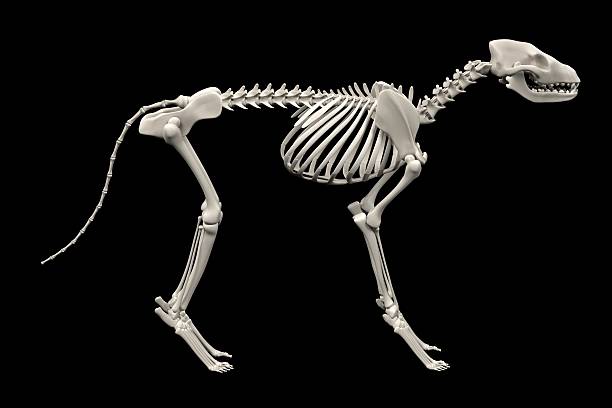Nutritional Influences on Growth and Skeletal Development in the Dog

Longitudinal growth of the appendicular skeleton in the growth plates and the adjacent metaphyseal area includes chondrocyte differentiation, proliferation, maturation, and hypertrophy in the physis and bone (re‐)modelling in the metaphysis. The rate and extent of longitudinal growth are regulated by interactions between biomechanical factors and endogenous growth regulators, i.e., systemic endocrine factors, and local paraor autocrine factors, that act on the growth plate chondrocytes. The most important endogenous regulators of growth and skeletal development are growth hormone (GH) and insulin‐like growth factors (IGFs), and calciotropic hormones, i.e., parathyroid hormone (PTH), vitamin D (vitD), and calcitonin (CT).
The biochemistry, synthesis, secretion, target organs, and effects of these endogenous factors are reviewed, and the calcium homeostatic mechanisms, dietary intake, bone turnover, and calcium excretion are discussed. Energy, protein, and calcium are nutritional factors of great importance to (skeletal) growth. The effects of low and high dietary intake of these nutrients are discussed, especially with reference to longitudinal growth and disturbances in endochondral ossification.
Nap, R. (1993) Nutritional influences on growth and skeletal development in the dog. PhD Thesis, University Utrecht, Netherlands. WALTHAM® pocket book of puppy nutrition and care – Key references
Photo: iStock.com/3drenderings
View ResourceTopic(s): Breeder Resource, Nutrition, Puppies